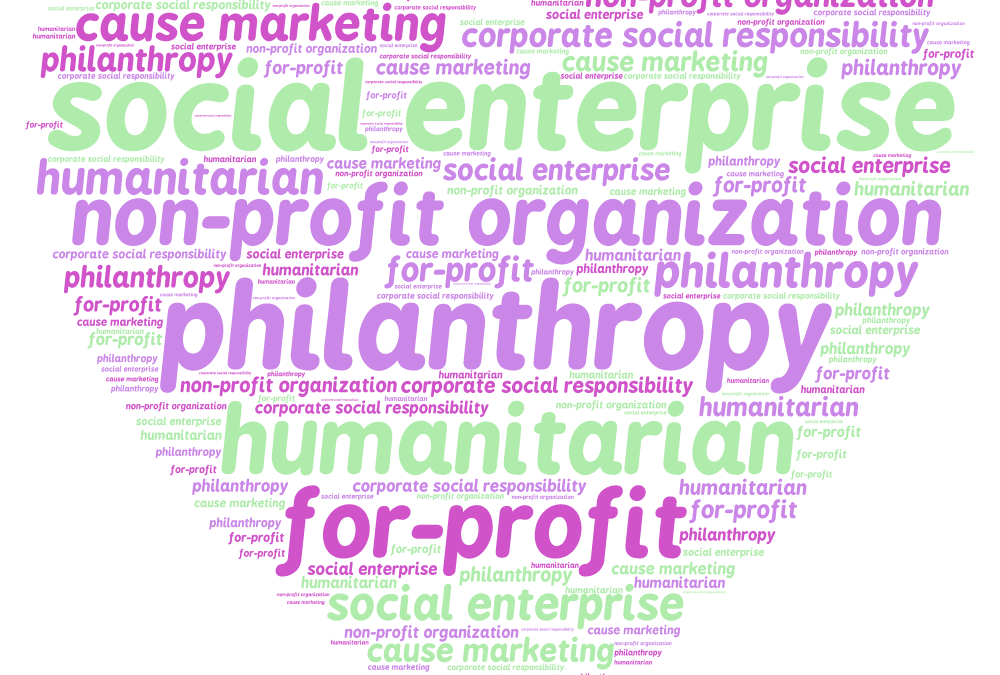‘Social enterprise’ and ‘non-profit’ are two terms you may be hearing more and more in your day-to-day life.
“Oh, I just heard about this great program being launched by this non-profit.”
“I think that social enterprise caters towards such a noble cause.”
But what exactly are they? How do they differ?
Well, here are their literal definitions:
Social Enterprise: An organization that applies commercial strategies to maximize improvements in human and environmental well-being, rather than maximizing profits for external shareholders. Social enterprises can be structured as a for-profit or non-profit, and may take the form of a co-operative, mutual organization, a social business, or a charity organization.
Non-Profit: An organization that uses its surplus revenue to help achieve its purpose or ‘mission’, rather than distributing its surplus income to the organization’s directors (or equivalents) as profit.
So, a non-profit is an organization that puts all the money it raises towards a social issue. On the other hand, a social enterprise uses the money it makes from selling a good or service towards furthering a cause.
As you can see, the two are very similar and their difference can vary based on how each specific non-profit organization or social enterprise is structured. The divergence occurs here:
- First, they differ based on how they attain money. Non-profits acquire money through fundraising efforts whereas social enterprises operate like a for-profit business by selling a product or service to the public and acquire funds through sales.
- Second, their methods of operations are distinctly different. Non-profits operate in a unique manner, seeking support from governments and donors. Social enterprises, on the other hand, use the same methods and disciplines as for-profit businesses, working to establish big margins and generate high revenue.
- Third, the return on investment (ROI) is also a divergent point for the two types of firms. For every firm there is a spectrum of ROI: from 100% financial return, to 100% social return. Non-profits operate with an almost absolute social ROI, putting almost all revenue towards its mission statement. Social enterprises have traditionally operated on a blended ROI, which is a mix of social and financial ROI. They put part of their revenue towards a social cause, and part of their revenue towards furthering their good or service.
With all that said, they are only textbook definitions and the divergent factors can vary a lot based on each individual company. For example, one social enterprise might operate with 75% financial ROI, whereas another might operate with 20% financial ROI.
Though technically social enterprises and non-profits differ, the two are becoming more and more aligned in today’s world. In the end, both types of organizations operate to create a better world, and that’s what really counts.
Atul Tandon, past Executive Director of United Way and founder of a global advisory firm working with non-profits/social enterprises to maximize their effectiveness and impact, believes “every non-profit is a social enterprise…the non-profit label in my mind is simply a label that denotes the tax system.”

